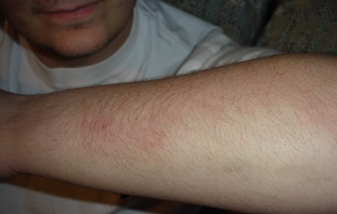|
Adaptations |
|
Heteractis magnifica have made many adaptations to better prepare itself for survival. It is an invertebrate and can be found in various sizes and colors, and has a great defense system. |
|
|
|
||
|
Large Anemone in
Aquarium |
The Ritteri Anemone has been found in many different shapes. It is second largest in potential size for symbiotic anemones, after Stichodactyla mertinsii. In the wild, this anemone can reach 3 feet in diameter. When in an aquaria, it tends not to grow past a 1.5 foot diameter, which is still quite large. It is usually tannish in color, with variations of red, pink, purple, orange, blue, and green. | ||||
| Sea anemones are made up of a small sac. On one end, they have an adhesive foot, called a pedal disc. This can be used to attach itself to various surfaces. On the other end, it has one opening, called an oral disc, where it feeds and produces waste. This anemone can also retract itself almost completely into its base, showing little to no tentacles. Even though anemones are anchored to one spot, this does not mean they are 100% immobile. Anemones can release themselves and "swim" to a new location mostly using flexing motions. |
Oral Disc of Anemone |
||||
|
Stings from Anemone |
Surrounding the oral disc are many stinging tentacles. These tentacles are used for capturing food and transferring it to its mouth. They can also be used for defensive purposes. Heteractis magnifica have long tentacles, which are non-tapering and may even look like they have a swollen tip. On the tip of these tentacles are cnidocytes, which contain nematocysts. The nematocyst contains a small cell filled with toxins. When something brushes up on a sensory hair connected to this cell it will cause a cell explosion. During this cell explosion, it will fire a harpoon-like mechanism that will inject toxins into the other organism. This is what feels sticky when an anemone is touched. These toxins then paralyze the organism, and the anemone is able to bring it to its mouth to be digested. |
||||
